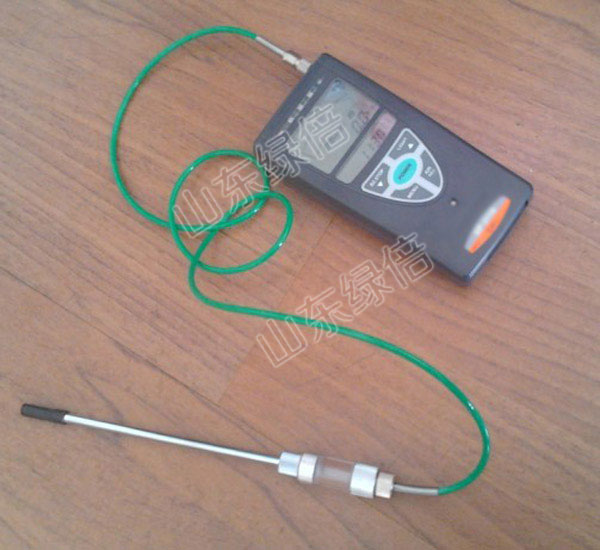Gas Detectors And How They Work
Label:
Gas Detectors
work principle
If smoke alarms are regularly installed in houses, why not gas detectors? Silent and unsuspecting, gas can seep into rooms and build up to poison inhabitants or fuel a deadly explosion. Detectors can mitigate this by sounding an alarm well before danger crops up.
Like smoke alarms, gas detectors or sensors work by sniffing out the leaking material (in this case, gas) and sounding an audible or visual alarm when levels reach a certain threshold. Some models may combine both audible and visual signals for greater effect.
Also like smoke detectors, different technologies are used to create effective gas sensors. The sensors can detect certain types of gas with the main ones being combustible and toxic gases. Let''s look at how the process works.
Detecting combustible gases
When installed to detect combustible gases, the detecting mechanism works using either one of two triggers: catalytic oxidation or infrared. Both are reliable especially now with technology so fine-tuned. However, for best results, it''s always wise to combine several different types of detectors, especially in environments where the threat of a gas leak is high.
In detectors relying on catalytic oxidation, the sensor uses a platinum-treated wire coil that becomes oxidized when a combustible gas comes in contact. The resulting buildup of heat changes the wiring resistance to the point where an alarm is sounded. With infrared sensors, the mechanism detects specific types of vapors using light transmitters and receivers. As a combustible gas comes into the path of these detectors and interferes with the light, an alarm is triggered.
Detecting toxic gases
Detecting toxic gas is similar to doing so with combustible gas. However, the mechanism is different and so are certain parts of the technology. Electrochemical reactions and metal oxide semiconductors are the two main types of mechanisms used.
With an electrochemical sensor, an electrochemical reaction occurs when the sensor comes into contact with a toxic gas such as carbon monoxide and hydrogen sulfide. An alarm is then triggered. As for metal oxide semiconductors, a film that''s sensitive to gas triggers the alarm. This film is usually tin or tungsten oxide which reacts with toxic gas to change its resistance. Metal oxide semiconductors, or MOS as they''re also known as, are inexpensive and not all that accurate. Still, they continue to be used at least in conjunction with other types of detectors.
The market is filled with all makes and models of gas detectors but you''ll come across two variants: portable and permanent. Portable detectors are small, usually hand-held devices that detect gas on the carrier''s person. They inspect the immediate surroundings. Permanent ones are large and naturally far more powerful. They''re the ones you''d pick when shopping for a sensor to install at home or in the workplace.
